02 May Lyrical Expression of Nature on Fabric – Gara Embroidery
Gara Embroidery A study of textile or craft form becomes doubly rewarding when it amalgamates history and culture, not just from one geography but across nations and histories. Nothing exemplifies this maxim more than the Parsi Gara. Its intricately embroidered yards of the fabric brings together Persia, Europe, India, and China.
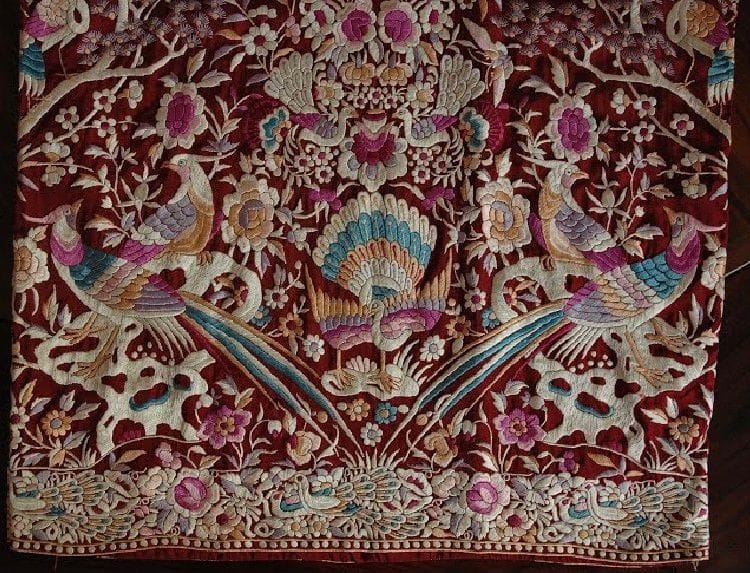
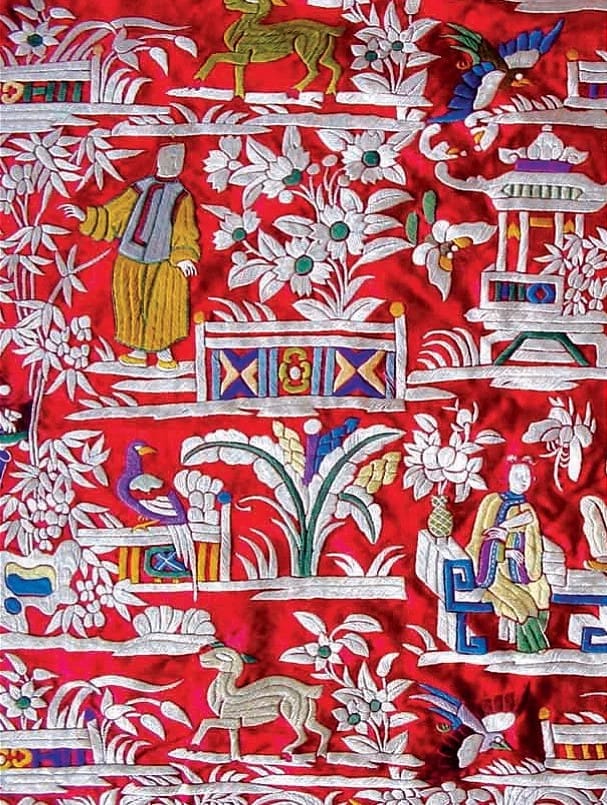
History of Gara Embroidery
Intercultural exchanges between Persia and China had already been happening from the 7th century onwards, across the Silk Route. This resulted in interesting design developments, where the Chinese satin and chain stitches were combined with the Persian seed pearl stitch to depict flora and fauna so beloved to the Persians.
The 80000 Parsees that remain migrated to India in the 7th century, after Persia was conquered by Islam since they followed Zoroastrianism, a religion that reveres material creation. In the 1800s, traders from the community visited China, trading in opium, spices, and Indian textiles. The story goes that one such individual visiting China had six yards of silk embroidered in Canton in China for his wife back in India to be worn as a saree. The style became hugely popular with Parsee women in India, and the saree was named Gara, from the wooden frame on which it was woven. Interestingly, the early examples did not have borders but were more like yardage, most often with Buddhist and Taoist symbols.
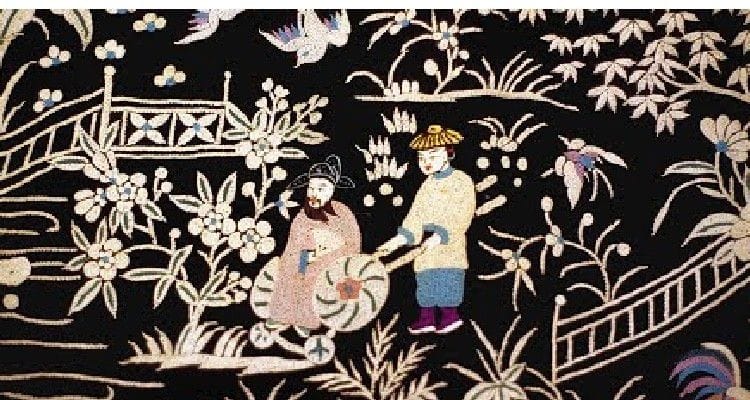
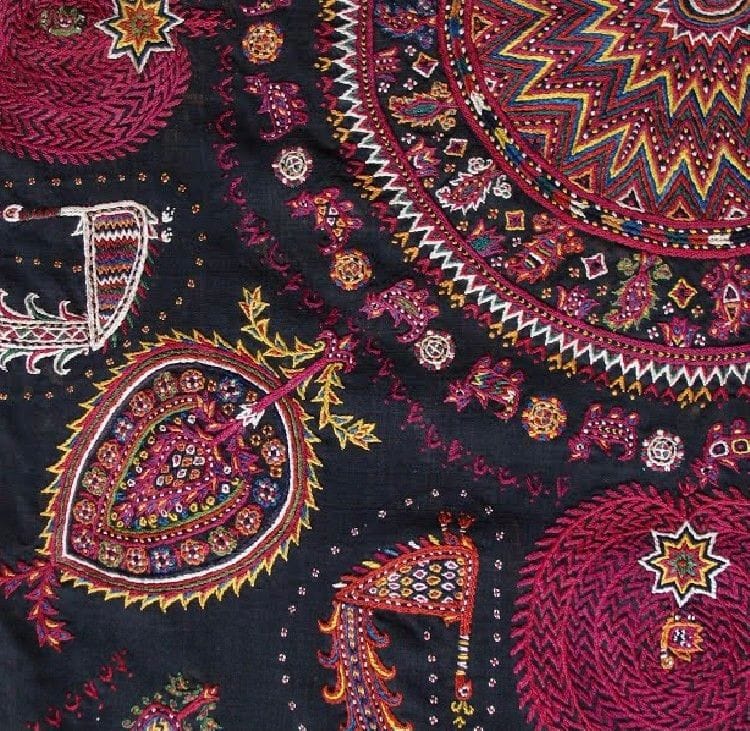
Motifs of Gara Embroidery
As the Gara became popular, this exchange became more pronounced. The early Garas carried predominantly Chinese motifs like the Endless Knot, the Divine Fungus, pagodas, and roosters. Parsee women began influencing motif and color choice, mainly because the sarees needed to match the sudreh, which is worn in traditional Parsee culture. It is a muslin undergarment visible under the saree, so colors changed to white/cream embroidery on dark grounds.
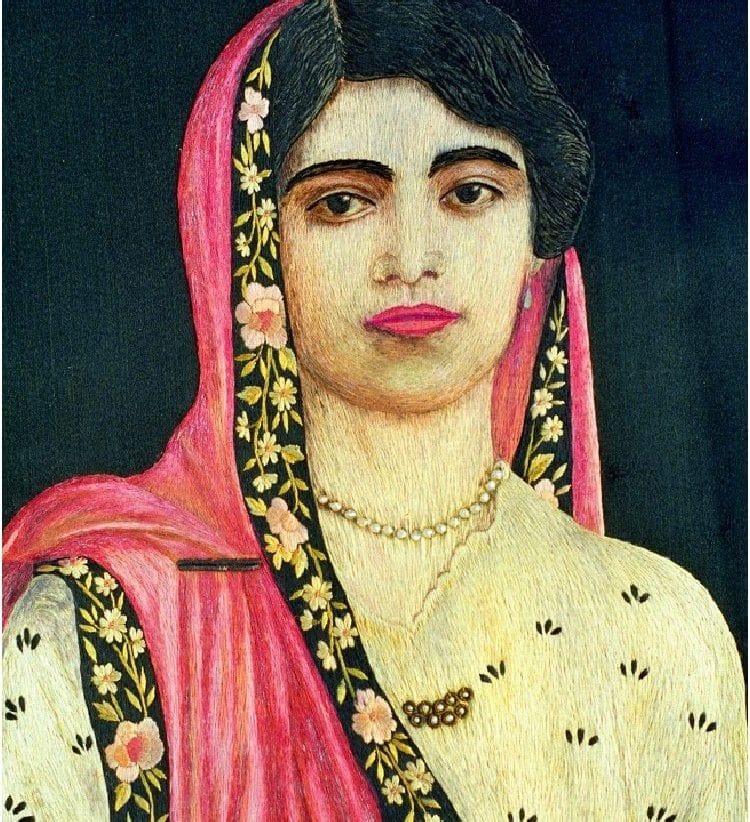
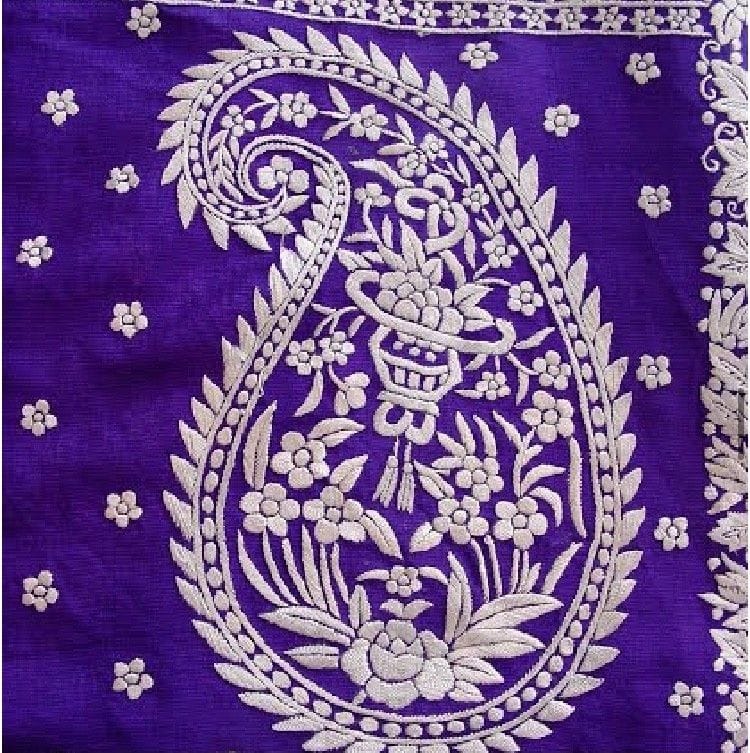
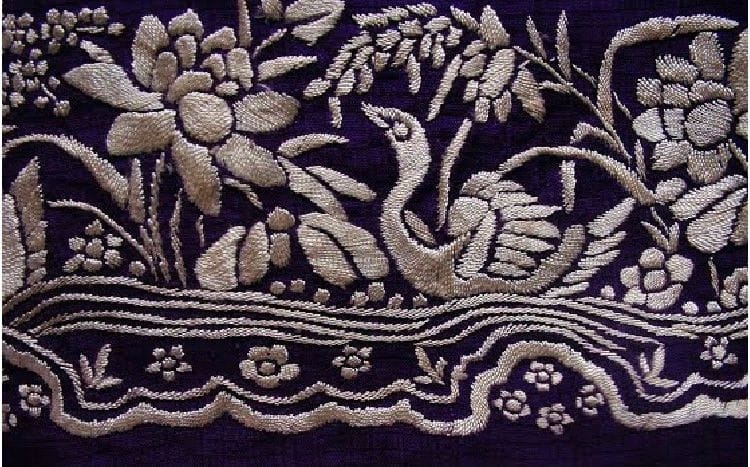
Gradually, Persian vegetal symbols, and Indian ones like the Paisley, were incorporated into the Gara iconography. At this point in the history of India, the British were becoming increasingly influential. And so English motifs like baskets, bows, and ribbons came to be part of the Gara embroidery.
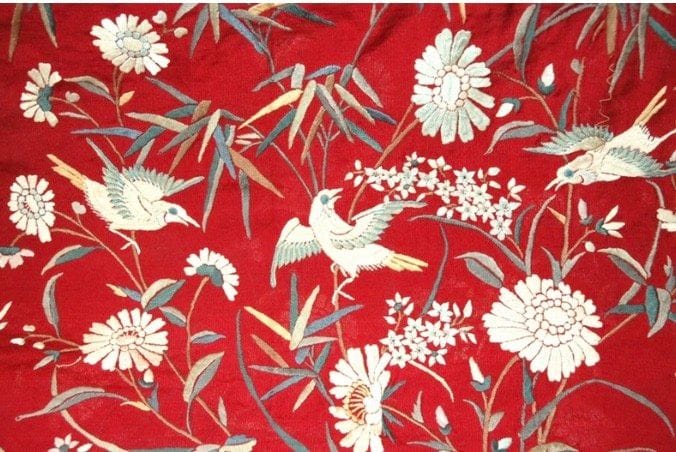
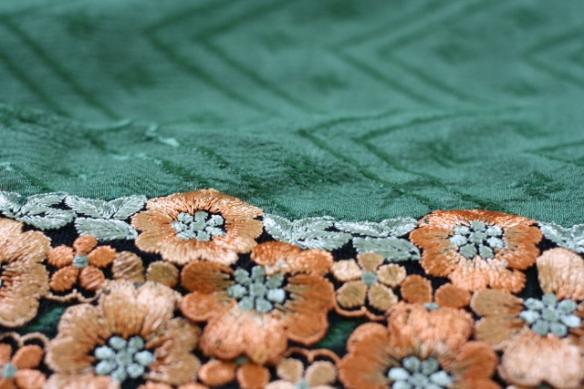
Parsee women realized that they wanted sarees with borders or ‘Pallavs,’ which were incorporated into the sarees, some just with elaborate borders on solid ground, known as Kor, and others with just embroidery on the borders.
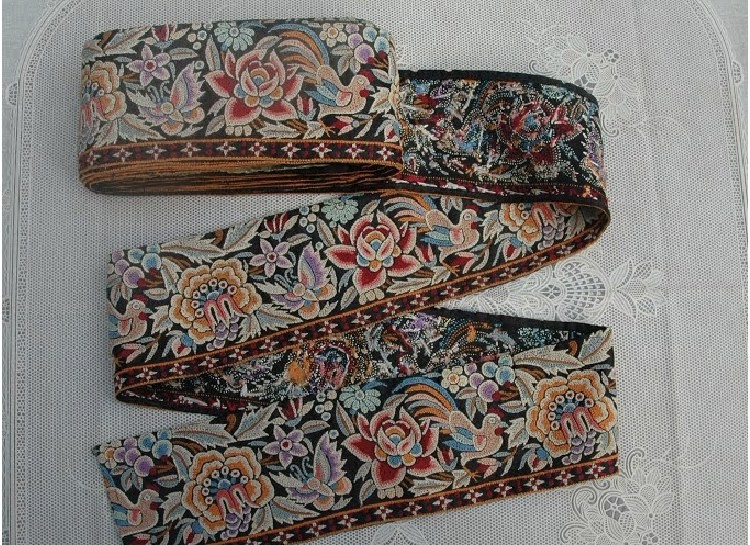
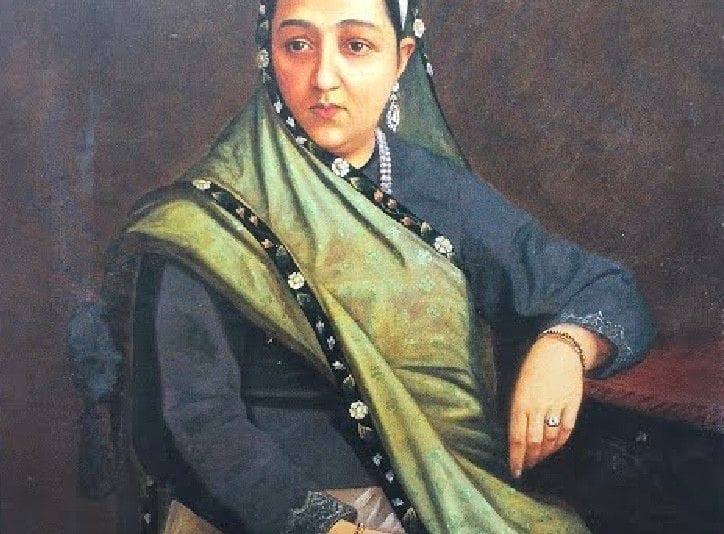
Later History of Gara Embroidery
A lovely developments were the tunics or Jhablas, designed for children, accompanied with pants called Ghicha. Garas became so popular that textile vendors from China visited Parsee homes regularly in winter, bringing new merchandise. A close relationship often sprang up between these peddlers and Parsee women, who gradually learned to embroider themselves, often maintaining cupboards of embroidery patterns and khakhas. However, there was a distinct difference between the embroideries done in India, often influenced by Indian traditions like zardozi and Aari and the original Chinese. Colors in the Indian versions, too, were brighter than the more balanced Chinese ones.
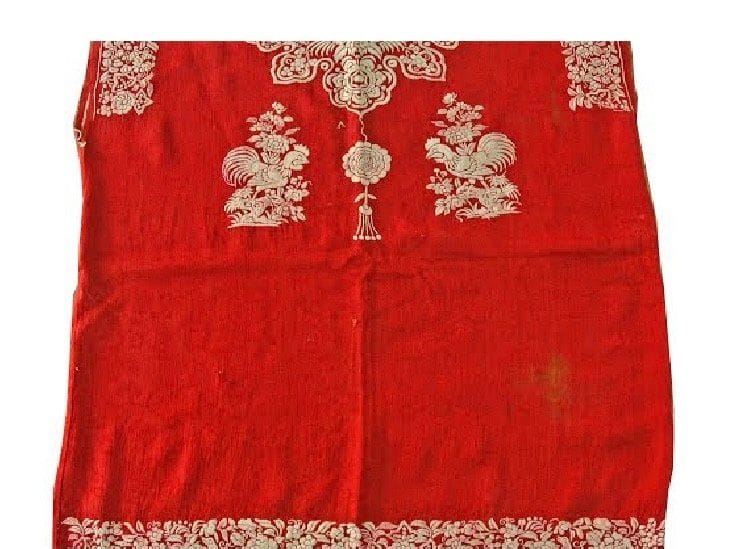
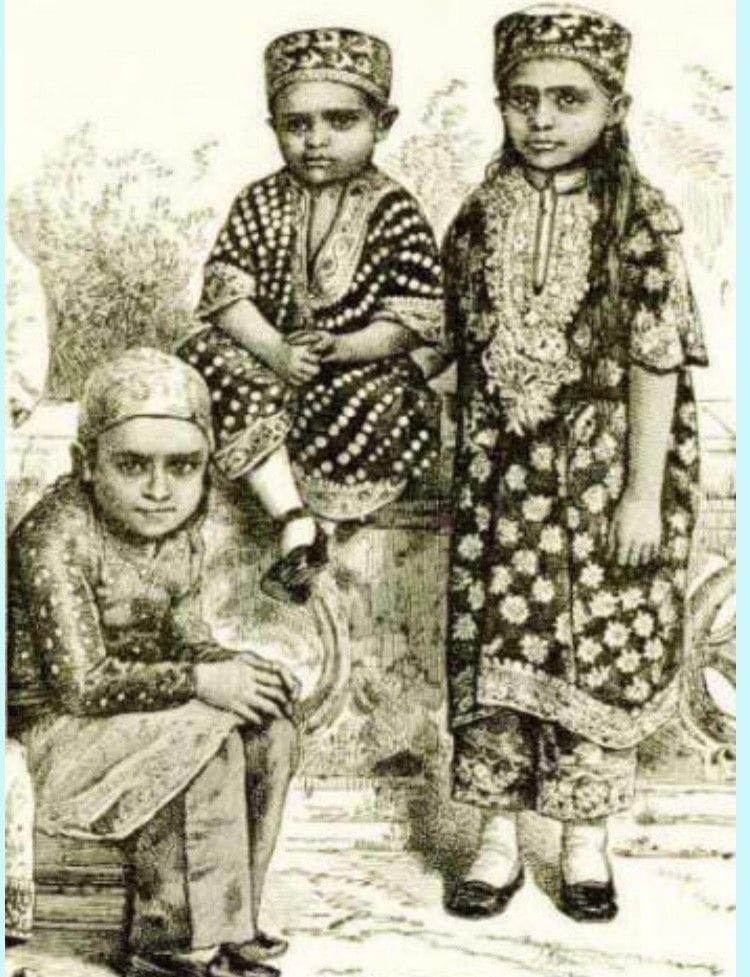
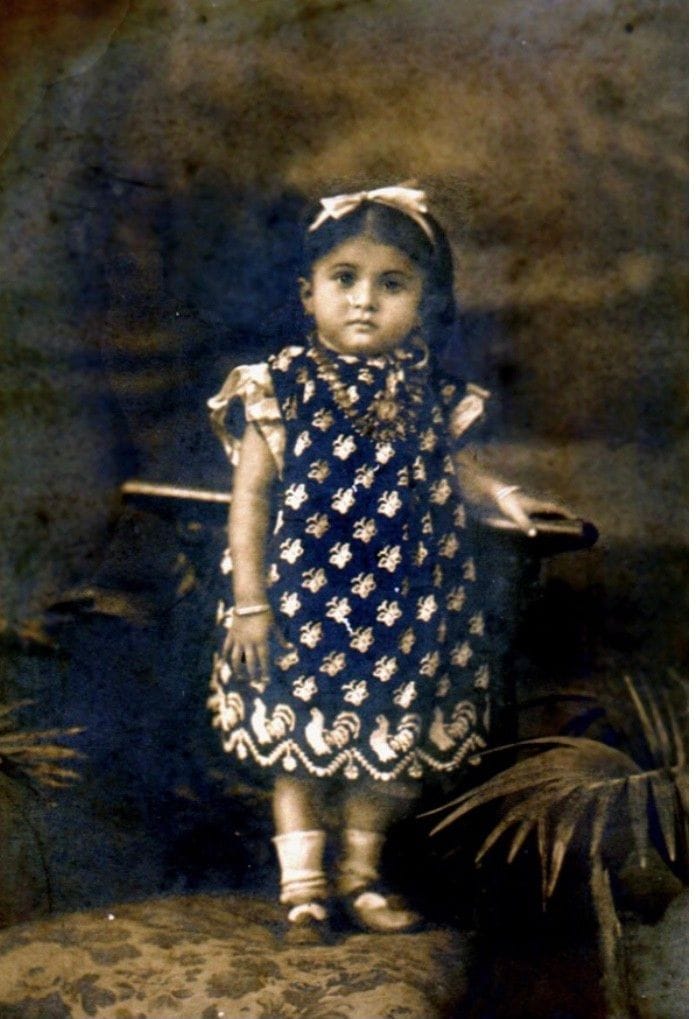
Gara Embroidery becoming less popular
Sadly, by the 1930s, many Parsee women felt that the Garas were too heavy to wear. Also, the nationalist movement in India was shaping attitudes to textiles, with a marked bent towards khadi. Around the same time, several famous royals, such as Indira Devi of Cooch Behar, had started the trend of wearing French chiffon sarees, which made their way to the westernized Parsee women. Trade with China was affected by the communist regime and the war in the early 1960s. Sadly, many Garas was cut up and repurposed. Those that remain are priceless family heirlooms.
Gara in Contemporary India
Happily, for this fantastic craft form, the 80s saw a significant revival, though the fabric used at the time was Crepe de Chine. Since India has a long tradition of trained embroidery artisans, their skills were helpful in the revival. It can take from three weeks to several months to complete a Gara, depending on the intricacy. Machine embroidery is an option but in no way compares to the original hand embroidery.
In this context, I must mention the incredible work by Ashdeen Lilaowala, who bases his beautiful Garas on the solid research he has conducted on the origins and history. He continues the traditions of the Cheena-Cheeni, sarees that feature Chinese men and women, and the Kanda-papeta, which carries dots. Still, he’s also innovated with motifs, such as ceramics. The UNESCO Parzor Foundation, along with him, conducts workshops throughout India to train craftspeople in the art of Gara embroidery. The emphasis is on original traditions, but also how to make them contemporary.
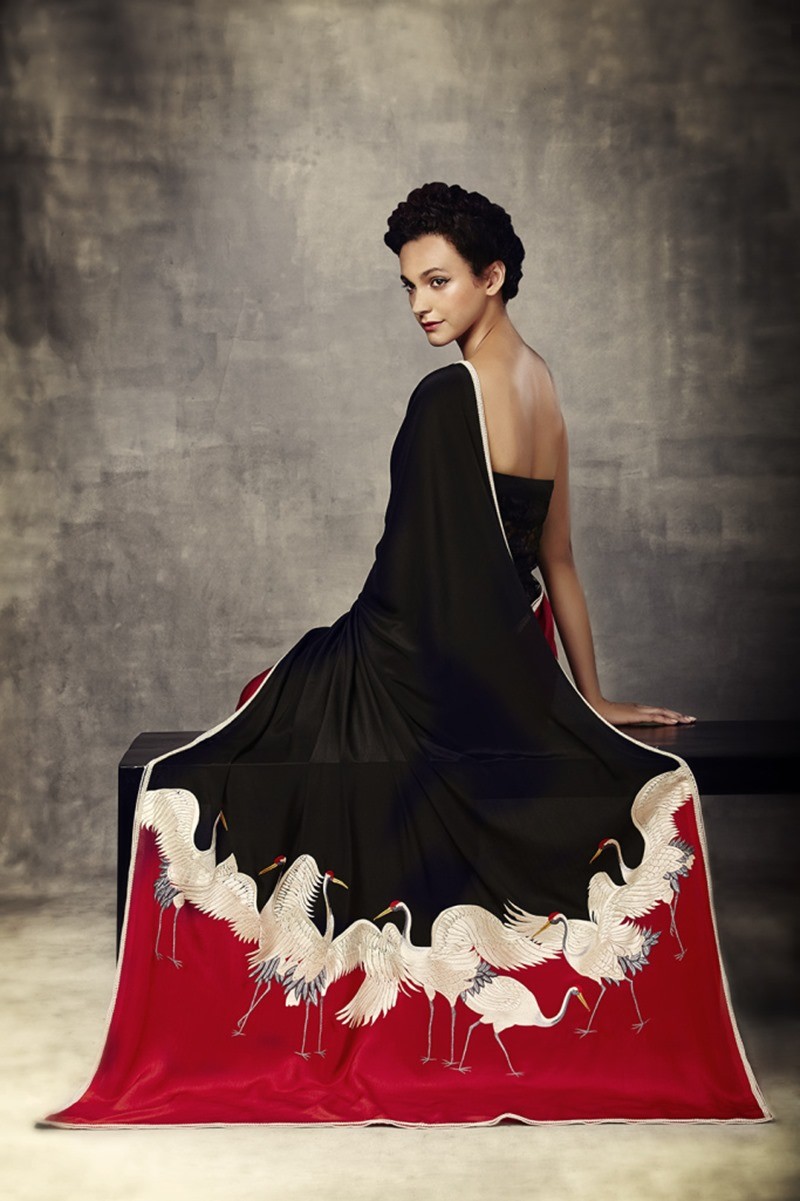
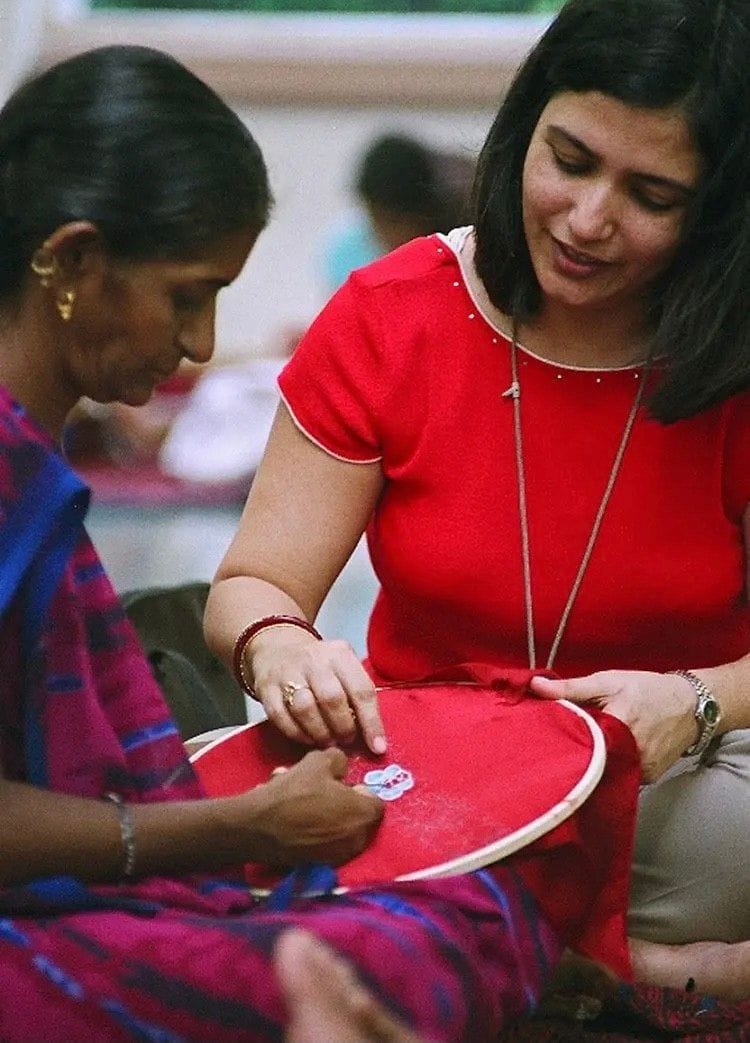
In this spirit, Gara embroidery has been adapted to accessories and bridal lehengas, other than sarees, good development in keeping the craft alive. A craft so imbued in cultural and historical fusion, that it stands unique in the worldwide history of embroidery.
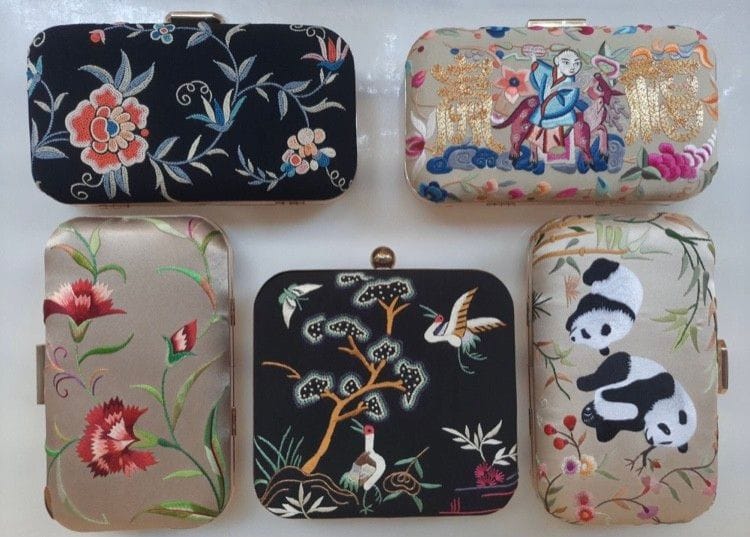
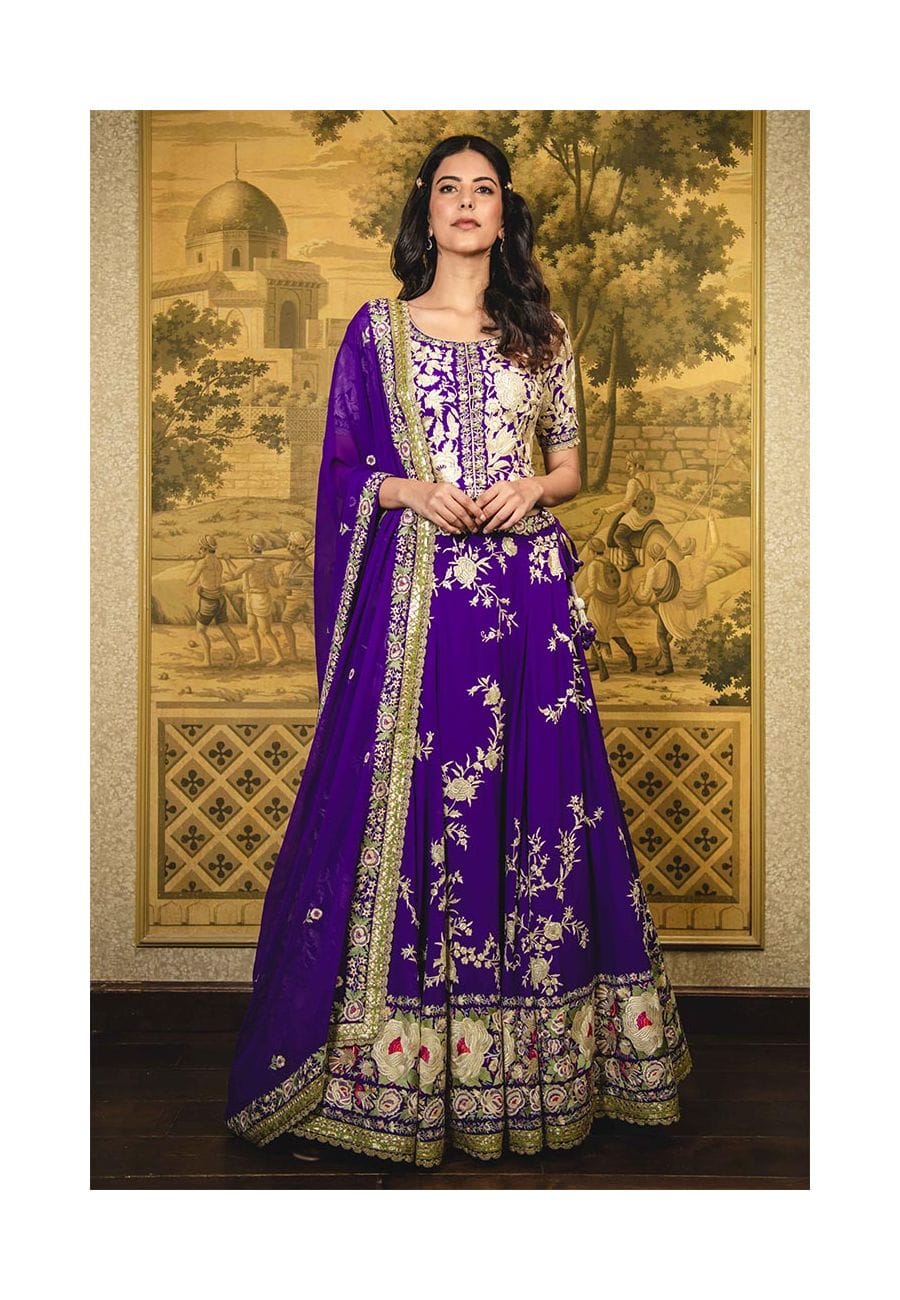
Read More on India Embroideries HERE
AUTHOR BIO
Mira Gupta is a well-known curator and designer in craft-based luxury. She has had working stints with Fabindia, Good Earth, and Ogaan to promote the cause of craft. She is deeply interested in art, travel, architecture, and culture.
Read more articles by the Author HERE


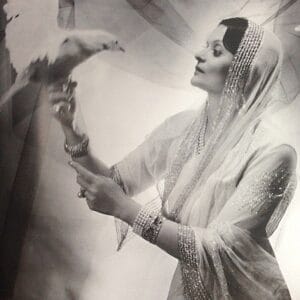

Jerry Koshi
Posted at 02:29h, 30 JuneLoved the presentation.
Super interesting content on the “Gara” history & the evolving of the tradition over ages.
Appreciate the effort ,,, ??????
Mira Gupta
Posted at 21:47h, 30 JuneJerry so happy you enjoyed this.